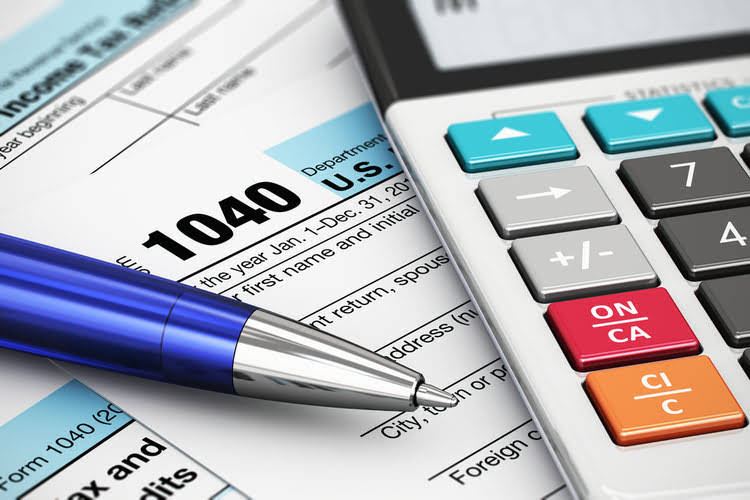Lifo and Fifo Calculator to calculate ending Inventory

The FIFO method can help ensure that the inventory is not overstated or understated. Companies with perishable goods or items heavily subject to obsolescence are more likely to use LIFO. Logistically, that grocery store is more likely to try to sell slightly older bananas as opposed to the most recently delivered. Should the company sell the most recent perishable good it receives, lifo fifo calculator the oldest inventory items will likely go bad. For example, the seafood company, mentioned earlier, would use their oldest inventory first (or first in) in selling and shipping their products. Since the seafood company would never leave older inventory in stock to spoil, FIFO accurately reflects the company’s process of using the oldest inventory first in selling their goods.
FIFO LIFO Calculator
Many businesses find this requirement alone negates any benefits of LIFO valuation. You calculate it by taking the beginning inventory cost, adding net purchases made during the period, and then subtracting the COGS. It’s a vital component in preparing financial reports and can significantly affect tax implications due to its influence on reported earnings.
What Are the Other Inventory Valuation Methods?
This oldest cost will then be reported on the income statement as part of the cost of goods sold. To use the weighted average model, one divides the cost of the goods that are available for sale by the number of those units still on the shelf. This calculation yields the weighted average cost per unit—a figure that can then be used to assign a cost to both ending inventory and the cost of goods sold. Although the ABC Company example above is fairly straightforward, the subject of inventory and whether to use LIFO, FIFO, or average cost can be complex.

Difference Between FIFO and LIFO
Under a high-inflation economy, using FIFO results in a significantly lower COGS, leading to a higher taxable income and tax bill. Therefore, inflation rates may impact a business’s choice to use either FIFO or LIFO. This means that ‘first in’ inventory has a lower cost value than ‘last in’ inventory. Even if a company produces only one product, that product will have different cost values depending upon when they produce it. When inventory is acquired and when it’s sold have different impacts on inventory value. Under LIFO, remaining inventory may not be a reflection of market value.

With QuickBooks Enterprise, you’ll know how much your inventory is worth so you can make real-time business decisions. The Sterling example computes inventory valuation for a retailer, and this accounting process also applies to manufacturers and wholesalers (distributors). The costs included for manufacturers, however, are different from the costs for retailers and wholesalers.
Remaining Inventory
- FIFO leaves the newer, more expensive inventory in a rising-price environment, on the balance sheet.
- Below are some of the differences between LIFO and FIFO when considering the valuation of inventory and its impact on COGS and profits.
- When sales are recorded using the FIFO method, the oldest inventory–that was acquired first–is used up first.
- Inventory is valued at cost unless it is likely to be sold for a lower amount.
We will then have to value 20 units of ending inventory on $4 per unit (most recent purchase cost) and the remaining 3 units on the cost of the second most recent purchase (i.e., $5 per unit). The inventory balance at the end of the second day is understandably reduced by four units. Second, every time a sale occurs, we need to assign the cost of units sold in the middle column.
The average cost method produces results that fall somewhere between FIFO and LIFO. As a result, LIFO isn’t practical for many companies that sell perishable goods and doesn’t accurately reflect the logical production process of using the oldest inventory first. Now that we have ending inventory units, we need to place a value based on the FIFO rule. To do that, we need to see the cost of the most recent purchase (i.e., 3 January), which is $4 per unit. Here’s a summary of the purchases and sales from the first example, which we will use to calculate the ending inventory value using the FIFO periodic system.
Another ending inventory calculation method
Therefore, the oldest costs are the ones that remain on the balance sheet while the most recent ones are expensed first. FIFO is calculated by adding the cost of the earliest inventory items sold. For example, if 10 units of inventory were sold, the price of the first ten items bought as inventory is added together. Depending on the valuation method chosen, the cost of these 10 items may differ. Using FIFO and LIFO calculators simplifies this process by automating calculations based on your chosen inventory valuation method.

How does the FIFO method affect a company’s financial ratios?
So, the cost of the widgets sold will be recorded as $900, or five at $100 and two at $200. Regardless of the price you paid for your wire, you chose to keep your selling price stable at $7 per spool of wire. Over the course of the past six months, you have purchased spools of wire. Many, or all, of the products featured on this page are from our advertising partners who compensate us when you take certain actions on our website or click to take an action on their website.

What are some tips for choosing the right inventory valuation method?
- FIFO and LIFO have different impacts on inventory management and inventory valuation.
- Inventory is often the most significant asset balance on the balance sheet.
- A business has to maintain accounting practices, that is, rules, procedures and standards that govern how financial transactions are recorded and reported.
- Tax considerations play a large role in your choice, but tax impact shouldn’t be the only thing you consider when choosing between FIFO and LIFO.
In our bakery example, the average cost for inventory would be $1.125 per unit, calculated as [(200 x $1) + (200 x $1.25)]/400. A company’s recordkeeping must track the total cost of inventory items, and the units bought and sold. Inflation is the overall increase in prices over time, and this discussion assumes that inventory items purchased first are less expensive than more recent purchases. Since the economy has some level of inflation in most years, prices increase from one year to the next. FIFO and LIFO inventory valuations differ because each method makes a different assumption about the units sold.

